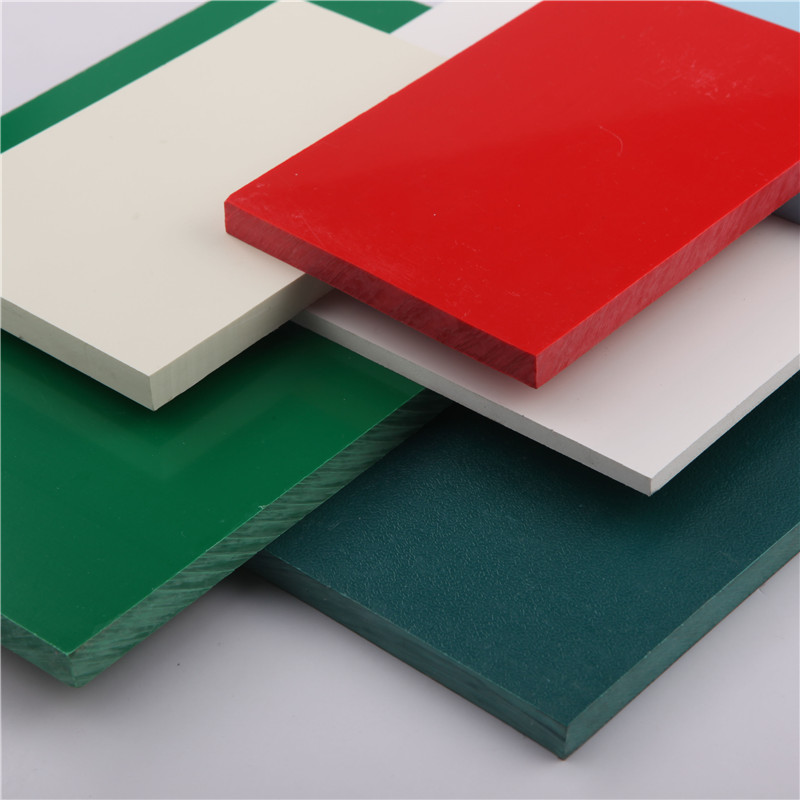Nov . 12, 2024 09:21 Back to list
drain pipe fittings
Understanding Drain Pipe Fittings A Comprehensive Guide
Drain pipe fittings are essential components of plumbing systems, designed to connect sections of piping, redirect water flow, and ensure proper drainage in residential and commercial buildings. These fittings are critical for maintaining a functioning plumbing system and preventing leaks and blockages. In this article, we will explore the different types of drain pipe fittings, their materials, installation techniques, and practical considerations to help you better understand their importance.
Types of Drain Pipe Fittings
1. Elbows These fittings are used to change the direction of the pipe. They are available in various angles, with 90-degree and 45-degree elbows being the most common. Elbows are crucial in navigating around obstacles or repositioning piping within a plumbing installation.
2. Tees A tee fitting allows for a branching point in the piping system. It has one inlet and two outlets, which can be used to connect different sections of piping or to create a new drain line. This versatility is particularly useful in complex plumbing networks.
3. Wyes Similar to tees, wye fittings are used to create a branch in the piping system. Unlike the sharp turns of a tee, wyes provide a gradual intersection, which helps to maintain optimal flow and reduce the risk of blockages due to sharp changes in direction.
4. Adapters and Couplings Adapters are used to connect pipes of different diameters or materials, while couplings connect two pieces of the same diameter. These fittings are essential for making repairs or modifications to existing plumbing systems.
5. Caps and Plugs Caps are used to seal the end of a pipe, while plugs can be used to block the flow in a given part of the system temporarily. These fittings are crucial during maintenance or when rerouting plumbing systems.
6. Cleanouts Cleanout fittings provide access points for cleaning and maintaining the drainage system. They are typically installed at strategic locations to allow for easy removal of clogs and buildup without disassembling the entire plumbing network.
Materials Used in Drain Pipe Fittings
Drain pipe fittings can be made from various materials, each offering unique benefits and drawbacks
- PVC (Polyvinyl Chloride) PVC is a popular choice due to its affordability, corrosion resistance, and ease of installation. It is lightweight and suitable for various drainage applications, but it may not withstand high temperatures.
drain pipe fittings

- ABS (Acrylonitrile Butadiene Styrene) Similar to PVC, ABS is durable and lightweight. It offers good impact resistance but can be more expensive. ABS is often used in drain, waste, and vent systems.
- Cast Iron Known for its strength and durability, cast iron is commonly used in commercial plumbing systems. It effectively dampens sound and provides excellent resistance to heavy loads. However, it is more challenging to install and can be costly.
- Copper Although more commonly used for supply lines, copper fittings can also be used in drainage systems. It is resistant to corrosion and has a long lifespan but tends to be more expensive than plastic alternatives.
Installation Considerations
Proper installation of drain pipe fittings is crucial to ensure a leak-free plumbing system. Here are some best practices
- Use the Right Materials Ensure that the materials used for pipes and fittings are compatible. For example, joining PVC fittings with metal pipes requires appropriate adapters.
- Check Alignment Ensure that all fittings are properly aligned to prevent stress and strain on the joints, which can lead to leaks.
- Seal Joints Use appropriate sealants or adhesives where necessary to ensure watertight connections, especially for threaded fittings.
- Consider Drainage Slope Maintain an adequate slope for drain lines to facilitate proper water flow and prevent stagnation.
Conclusion
Understanding drain pipe fittings is essential for anyone involved in plumbing design, installation, or maintenance. By familiarizing yourself with the various types of fittings, materials, and installation techniques, you can ensure a reliable drainage system that minimizes the risk of leaks and blockages. Whether you are a DIY enthusiast or a professional plumber, investing time in learning about these essential components will ultimately lead to more efficient and durable plumbing solutions.
-
Durable PP Rigid Sheet: Lightweight, Chemical Resistant Solutions
NewsAug.21,2025
-
PVC Grey Sheet for Extraction: Chemical Resistant & Durable
NewsAug.19,2025
-
Durable PVC Pipe Fittings for Plumbing & Irrigation Needs
NewsAug.18,2025
-
HDPE Steel Belt Reinforced Spiral Corrugated Pipe | High Strength
NewsAug.17,2025
-
HDPE Pipe Fittings: Durable, Leak-Proof Solutions
NewsAug.16,2025
-
Premium CPVC Sheet: High-Temp & Chemical Resistant Solutions
NewsAug.15,2025

